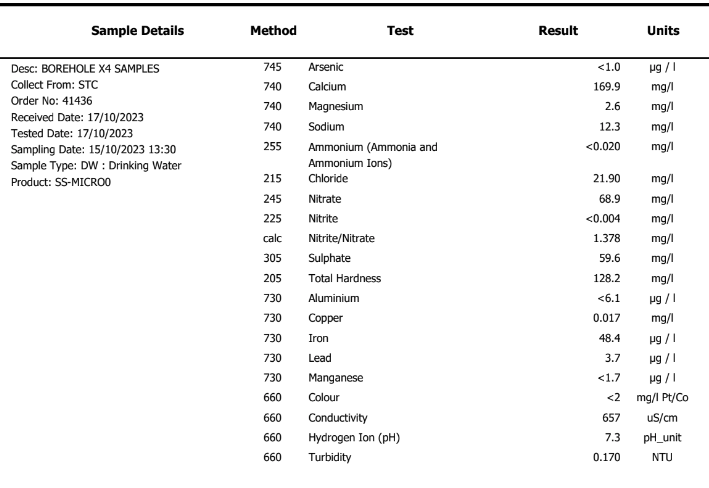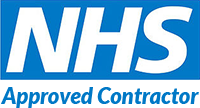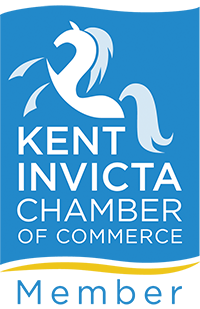How do I get my water tested in a lab?
Introduction
Within Europe and the UK, drinking water must be ‘wholesome’, and this is denied in law mainly by setting standards for a wide range of contaminants, substances, organisms, and other properties of water in regulations.
And additional requirement is to ensure that it does not contain anything else that might be of a potential danger to human helath.
This establishes safe, allowable contaminant limits.
Contaminants or impurities are substances dissolved within water.
Before the 1970’s, most people were concerned with the taste and odour of drinking water. Today, the news is full of reports focusing on chemical contaminants and the health hazards they cause.
- Over 70,000 different water contaminants have been identified.
- Some research suggests the principal sources of contamination are associated with the post World War II chemical age.
I will do my best to explain this in an as easy-to-understand way as I possibly can.
Do I need to get my water tested?
Are you on mains water?
If you are on a mains water supply, then no, you don't need to get your water tested as your local water authority does this for you as they have a statutory obligation to ensure that the water you drink is safe, and they do this through regular testing.
If you would, however, like to find out what is in your local mains water, you can go directly to the website of the local water authority for your area.
From their website, you can download a FREE generic report which will give you a guide to the local area water mineral and contaminant levels, but bear in mind this will not be specific to your home but only to the local area.
Here are links to the relevant water authorities:
London and the South East Region
Are you on a private water supply?
If you are on a private water supply, such as a borehole, well, spring or lake water, then it is a good idea to get your water tested annually. This is a service we can do for you.
If you need help getting your water tested, we can do this for you.
Enquire Now
Safe Contaminant Levels
It is the responsibility of the Drinking Water Inspectorate through Defra and the Environmental Agency to establish safe, allowable contaminant limits.
Maximum Contaminant Levels (MCL) focus on impurities that have been found to be either widespread or particularly toxic. These levels are below the allowable limit of known risk to the public’s health.
The MCL’s are divided into two standard categories:-
1. Primary Drinking Water Standards
This category of Standards applies to contaminants that can have adverse health effects. These standards are mandatory and enforceable. These contaminants may include:
Inorganics – Inorganic substances are a group of chemicals that contain no carbon. This can include ammonia, hydrogen sulphide, all metals and most elements, including calcium.
Organics – Organic material contains carbon bound to other atoms by convalence (the number of pairs of electrons that an atom can share with neighbouring atoms). The other atoms most commonly contain Hydrogen, oxygen and / or nitrogen.
Pesticides and Herbicides – Pesticides are commonly known as plant protection products that kill, repel or control pests, weeds and diseases considered to be damaging or a nuisance, typically to other plants and domestic life. They include insecticides, nematicides and fungicides, plus many more substances.
Microbiological Organisms – These are small things such as E.coli, Legionella pneumophila, Hepatitis A, Salmonella, plus many other bacteria, viruses, algae, fungi, slime, or other pathogens.
2. Secondary Drinking Water Standards
This category of Standards applies to contaminants that are NOT health related. These standards are not enforceable. These contaminants may include colour, foaming agents, odour, pH and TDS.
Any additional information about MCL levels, contaminants or health issues can be obtained by contacting the Drinking Water Inspectorate.
Things to Look Out For
It is best practice that all water should be appropriately tested pertaining to the need before and after any treatment attempts. In some cases, it is very important to have complete and accurate knowledge of the raw water supply to determine what is required for successful water treatment.
Many times contaminants are in low concentrations and are only detectable by water analysis. However, sometimes complaints are seasonal or obvious to one person and not another.
It is therefore considered good practice to ask those people seeking the water treatment their personal views on:
- Colour
- Clearness
- Scaling
- Smell
- Taste
- Staining
- Corrosion
- Sediment
- Water Pressure
Taking a Water Sample
Obtaining a good water sample is crucial.
If done poorly or incorrectly, the results given can be misleading.
Normally, when doing laboratory testing, you may be asked to fill several bottles with water samples. Each bottle will be looking for something different once they get into the laboratory.
Here are Hydroworks recommendations for collecting any water samples:-
- Remove aerators or other tap attachments.
- Run the water for at least sixty (60) seconds (water temperature will change slightly) to flush out any collection of contaminants in the plumbing.
- Unless stipulated otherwise (important to check the labelling on each sample bottle), rinse out containers three(3) or four (4) times with the water to be analyzed
- Make sure nothing touches the water inside the sample (fingers, tools, etc.).
- Leave air space in the container.
- Keep in mind, plastic and glass can leach compounds and inorganics.
- Do not use water samples older than one (1) week.
- If the analysis is performed longer than twenty-four (24) hours after the sample has been taken or sample will be sent through the mail, the sample should be refrigerated.
- When sending the samples to the laboratory, remember that they have to be sent off in a cooler box (ideally with ice packs).
Measuring Contaminants
Laboratory Analysis
There are different ways to detect and measure contaminants in the water.
The most accurate is to send the sample to a certified water laboratory.
The frequency of testing can vary from once a year to quarterly, six monthly monthly, to once a day and even in some circumstances, once an hour - The frequency should be based on risk.
At Hydroworks, we believe that the minimum water analysis should always include:
- Electrical Conductivity
- pH
- Turbidity
- Colour
- Total Hardness
- Calcium
- Magnesium
- Ammonia
- Sulphates
- Sodium
- Chlorides
- Nitrates
- Nitrites
- Iron
- Manganese
- Arsenic
- Lead
- Copper
- Aluminium
These are the essentials. There may be others that are useful, but these should be included.
Units of Measurements
The key to interpreting the analysis is the ability to convert one expression of measurement to another.
The problem often found is that there are so many measurements that can be used, and each country has their own. For example, the are English Degrees, French Degrees and German Degrees, and America has Grains per Gallon. Each measurement of which is different to the other.
So to keep it simple, the industry has standardised to the following.
The most common measurements are as follows:
- mg/l – Milligrams Per Litre – one milligram per every litre
- ppm – Parts Per Million – one part per every million parts
- gpg – US Grains Per Gallon – one grain per every US gallon**

For all practical purposes…
- 1 milligram per litre is equal to 1 part per million
- 1 US grain per gallon is equal to 17.1 mg/l or 17.1 ppm
To convert from one unit of measurement to another:

Example:
- If one aspirin is equal to 5 grains and the aspirin is dissolved into 1 gallon of water - the unit of measurement would be reported as 5 grains per gallon
- 5 gpg = 85.5 mg/l or 85.5 ppm
The table below shows hardness in all methods:
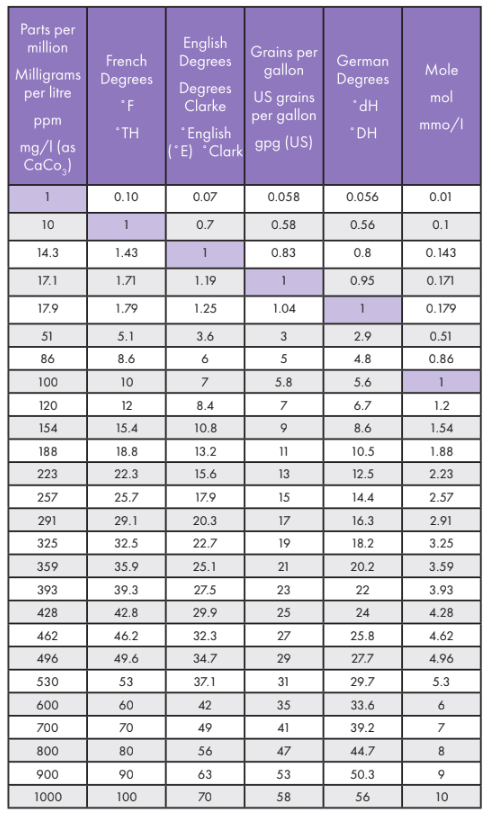
Water Analysis Processes
The sample of water will be tested either chemically, electrically, physically or microbiologically. Here is a summary of these methods of testing:
Ionization
The most common process used for analysis is called IONIZATION.
This process will take the contaminants dissolved in the water sample and split them into charged ions.
The ions are then measured and reported on the analysis usually in three categories -
CATIONS are positively charged ions such as:
- Calcium
- Copper
- Iron
- Potassium
- Total Hardness
- Magnesium
- Sodium
ANIONS are negatively charged ions such as:
- Alkalinity
- Carbonates
- Sulfates
- Bicarbonates
- Chloride
- Tannin
OTHER CONSTITUTES such as:
- Conductivity
- pH
- Total Dissolved Solids (TDS)
Conductivity
Another common process used for measuring contaminants is called CONDUCTIVITY.
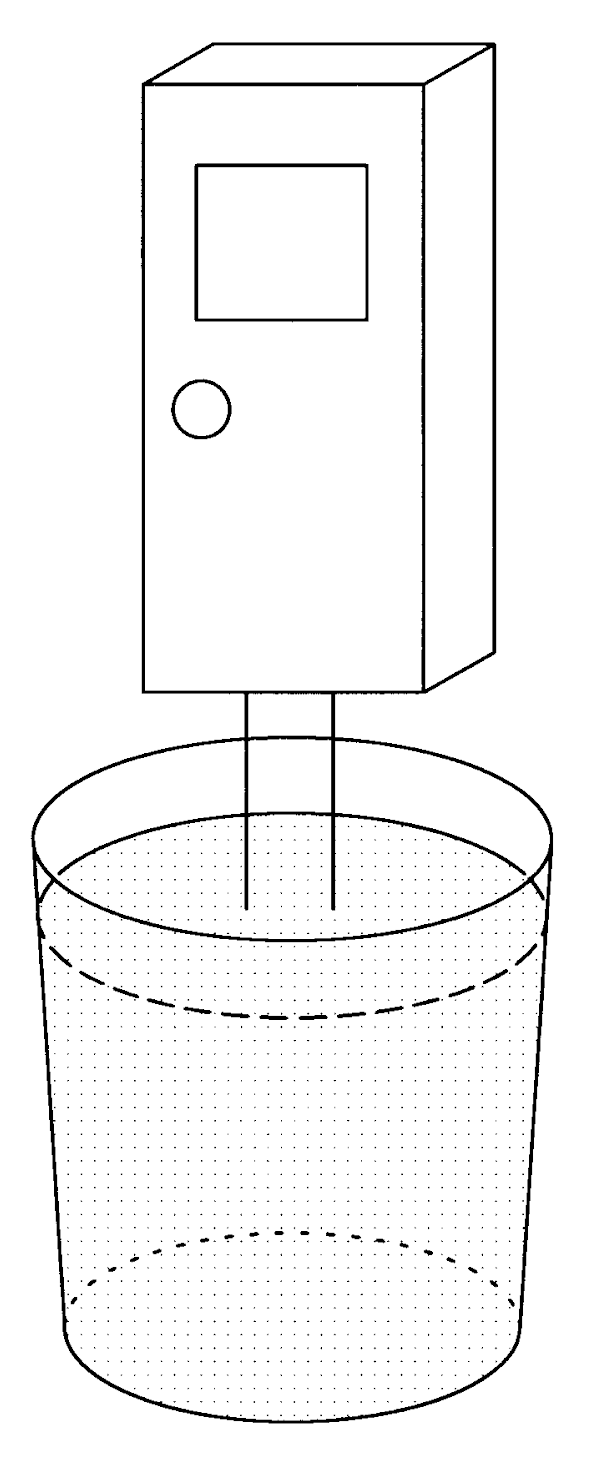
This process measures the water’s ability to conduct an electrical current.
A Conductivity Meter will measure the ability of a solution to allow an electric current to flow through it. The meter sends a short, low current charge emitted from one probe to the other while sitting in water.
Dissolved minerals are conductors - when the electrical charge is applied to the water, the charge will jump from particle to particle, finding it easy to travel through the water. The result will be a high number displayed on the Conductivity Meter.
Clean water is an insulator - when the electrical charge is applied to water, there are few particles to jump to, thus finding it hard to travel through water. The result will be a low number displayed on the Conductivity Meter.
Here is a recent Example Analysis Report we did:
